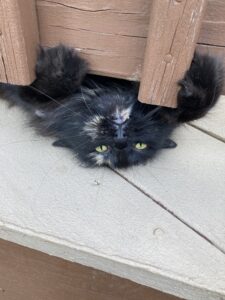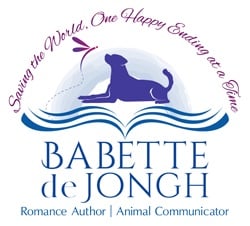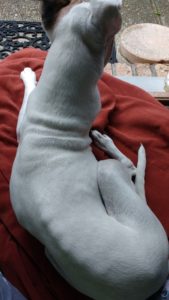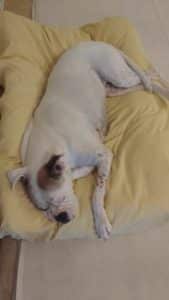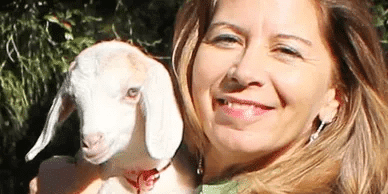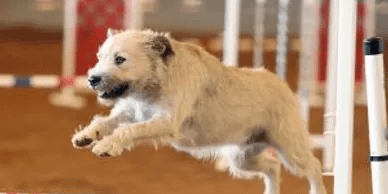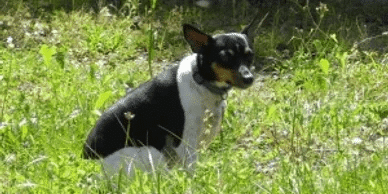The Animals of Dragonfly Pond Farm
I am currently writing book two of my Welcome to Magnolia Bay series. (It’s a romance series in which animals help their humans find forever love, with the assistance of an animal communicator who uses her telepathic talents to increase understanding between the humans and their animal companions.)
The first book, Warm Nights in Magnolia Bay (due out from Sourcebooks in March 2021), is set at Bayside Barn, a petting zoo and animal-assisted education center in a small Louisiana town outside New Orleans. The second book (as yet untitled) is set at an animal shelter that is still under construction at the beginning of the book. In order to make sure I’m getting the details right, I interviewed the director of the Atmore Animal Shelter where I used to volunteer.
Brandon was very generous in sharing his time and knowledge, and as we were talking, he said that one of the things that makes him happiest in his job is to get updates from people about the animals they have adopted from the shelter. And then I snapped to the fact that we still have several animals we adopted from that very shelter when I was volunteering there over a decade ago.
I told him how the animals he might remember are doing, and he was glad to hear that most of them are still with us, still doing fine. (Though my son’s dog, Nina, died last year from a fast-growing cancer. She hardly even had the chance to feel bad; it happened that fast.)
My conversation with Brandon reminded me of an idea I’d been percolating on for a while. I had been thinking that since some of my animals have starring roles in my new book series; it would be fun to start compiling bios and interviews of my animal companions to post on a page on my website. The page (The Animals of Dragonfly Pond Farm) will start out small, and each month I’ll add another animal or two. (At a rate of one animal a month, this project should take me well into 2023.)
I decided that except for Georgia (who gets to go in the first post because she is the star of Warm Nights in Magnolia Bay and even has a dog-model pretending to be her on the cover), I will begin by showcasing the animals we adopted from Atmore Animal Shelter so I can share the newsletters with Brandon. It will make him happy to learn more about the lives of the dogs and cats we brought home from the shelter. So in this newsletter, I’ll tell y’all about Georgia and Jules. Georgia didn’t come from the animal shelter (she came from the PetsMart adoption center) but Jules did. Here are their stories:
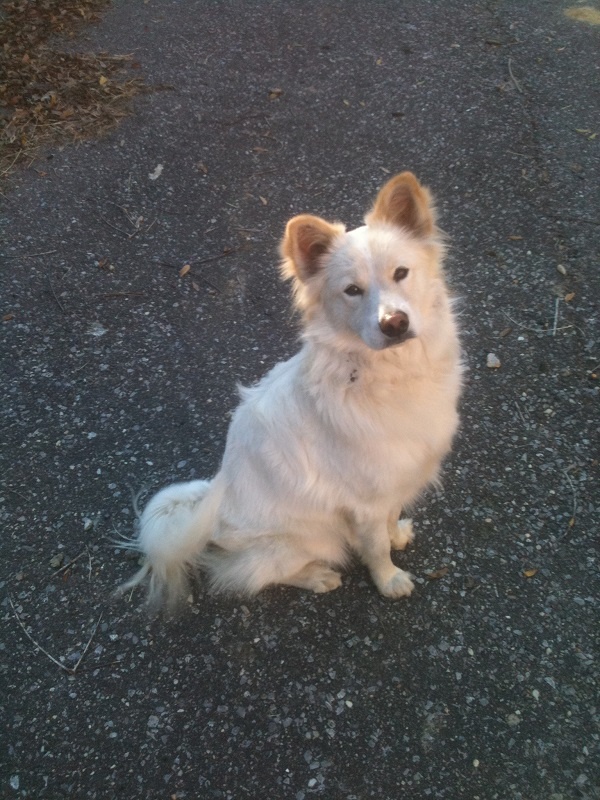
Jules is a rare breed (at least around here). She is mostly, if not all, Japanese Spitz. We love to praise her for her biscuit-colored ears, which is probably the one part of her that doesn’t originate from her Spitz bloodline. She sheds like you wouldn’t believe; spreading cotton-candy tufts of white hair that float like milkweed and drift into the corners and under the furniture. (That’s okay; Natalie will get our old Roomba when Santa brings me a new one.)
When I volunteered at the shelter (like I said, over a decade ago), Jules was the unofficial office dog. She was already grown, but very young. Not a puppy, but puppyish. Confidence shone from her entire being like rays of light from the sun. Head always up, tail always curled over her back in a happy arch of princess-like plumage. Her name, back then, was Sugar.
When I volunteered at the shelter, so did our daughters, Natalie and Tessa. And when they bonded with a shelter animal, of course that animal ended up coming home with us. So Sugar became Jules, Natalie’s constant companion. When Natalie went to attend Auburn University as a freshman, Jules went, too. That meant that dorm rooms and any apartment complexes that didn’t allow animals automatically went on the NOPE list.
Jules is now an old lady, but she’s always had an old lady mentality. Even as a very young dog at Dragonfly Pond Farm, she earned the title of “Miss Manners.” If a dog got too exuberant, if a cat got too uppity, Jules would put them in their place with a sharp warning snap and a quick growl of displeasure. Then, having done her job as the arbiter of good behavior, she would turn her back and trot away with her tail waving like the flag of a conquering country.
Here is my interview with Jules:
What is your mission in life?
“I keep Natalie safe, of course. You know that.”
(So I explained, as Jules points out that I should’ve explained before, that this interview isn’t for me, but for the newsletter and website.)
“I keep Natalie safe, and I make sure she gets enough rest by luring her to cuddle and relax. I watch TV with her and send messages about the shows I like so she’ll watch them, too.”
What shows do you like?
“I like the shows that make her rest and relax. I don’t like the shows that make her get up and do things.”
Which shows are those?
(Jules showed me these things in images, and I translated the images into text.)
“I like the shows that have a bunch of people talking and arguing and running around fussing at each other.”
(And as Natalie’s mother, I know Jules is talking about Grey’s Anatomy.)
“I don’t like the ones that give pictures of houses and furniture, because then she jumps up and measures things.”
(She’s talking about home improvement shows.)
What do you enjoy most about your life now?
“Sleeping. Eating. Cuddling. Being in charge.”
What do you dislike?
“I like everything.”
Georgia
Natalie adopted Georgia from PetsMart when Natalie had just graduated from high school. She took Georgia with her to Auburn when Georgia was just a puppy. Potty training was not a success.
Like any good mom who is also an animal communicator, I gave advice. (Advice which, unfortunately, included setting an alarm and taking the puppy—whose bladder was smaller than a walnut—outside to pee on a regular basis). But the advice didn’t stick, so finally, in desperation, I agreed to potty train Georgia myself. So Natalie brought Georgia back home to the farm. After that, she only had two accidents in the house, and on both occasions, the accidents were the fault of someone other than Georgia.
Here is my interview with Georgia—and this time I explained that the interview is for the newsletter and website:
What is your mission in life?
“I am your muse. I tell you what to write and why it’s important. I make sure that you show a dog’s perspective accurately. It is also my mission to direct the game when the dogs play ball. I am the shortstop and the umpire. When Fred’s foot starts hurting, I keep the ball out of play so he can rest.”
What TV shows do you like?
“I love the news. I love British crime shows. I love anything you love, because that means you will sit still so I can sit beside you.”
What do you enjoy most about your life now?
“I love sleeping beside you while you’re watching TV.” (Because my husband has developed allergies to dogs and cats, they can’t sleep in the bed with us anymore. So Georgia and I only get to cuddle in the daytime.)
What do you dislike?
“I don’t like fireworks, or guns, or bad people being bad outside in loud ways that scare me. I don’t like it when it rains and I can’t go outside. I don’t like riding in the car, but I am working on getting over that fear because Fred and Jed have told me that it’s fun to go on car rides.” (Georgia was in the car with Natalie when she wrecked two cars in fairly quick succession. Nobody was hurt, but both cars were totaled and the experience was upsetting for all concerned. She has only recently begun asking to come along when the other dogs accompany me on errands.)
Blue Kitten
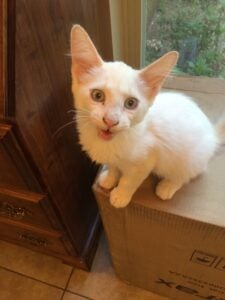
I acquired Blue Kitten from a friend who was looking to find homes for a bunch of feral kittens they’d been feeding on their back patio. I said I’d keep whichever one I could catch first. So I showed up with a cat carrier, and my friend poured a pile of dry kibble onto the concrete patio. A dozen or so semi-feral kittens from various litters (it was kitten season) swarmed the food. I swooped in and grabbed Blue. The others scattered (all but one—I caught that one, too, and gave him to a friend).
Blue Kitten had health issues. As often happens with many “free” animals, he quickly started racking up vet bills. The wormer he received at his first vet visit caused a life-threatening impaction of dead worms in Blue Kitten’s intestines. And as often happens in life-threatening situations with animals, the event happened over a holiday weekend, so we had to fork over double the normal cost for not just one, but two emergency vet visits. The silver lining in all this was that he was handled by humans—a lot—when he was too sick to protest. Because of this, he quickly became a perfectly tame house cat instead of the semi-feral barn cat I thought I was getting.
When his health issues resolved, Blue Kitten grew to become a gorgeous cat of massive proportions. His short white fur grew long and thick, and developed the beautiful orange tint of a Flame-point Himalayan. He now weighs eighteen pounds, and he’s not fat; he’s just big. He keeps his thick fur smooth and tidy, but if he needs help, he allows himself to be brushed without complaint. In fact, he enjoys it. He rolls to his back and stays there—purring the whole time—while I brush his belly and underarms with the ShedMonster brush. (At less than $10, the ShedMonster is way cheaper and yet IMO works way better than the more expensive and better-known Furminator. There is also a bigger version of the same product for dogs).
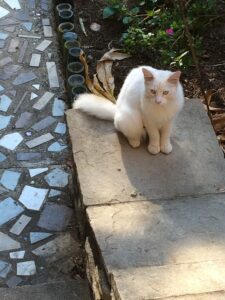
I very much appreciate Blue Kitten’s observance of the reason I made the rule to excluded long-haired cats, even while he took a number of devious steps to circumvent it. Blue Kitten is proof that we don’t always get the animal companions we think we want (or even the ones we think we’re getting) but we always get the ones who belong with us.
Stella
Stella has a starting role in my upcoming romance novel, Warm Nights in Magnolia Bay. (Actually, she’s just a secondary character, but don’t tell her that; she’s pissy enough already.) In the book, the heroine finds a kitten hiding in a culvert. Stella found us when Hans and I were out walking Jed down our street. A tiny thing at the time, she came running up out of a culvert, meowing for us to “wait up!” She was easy to catch, because after all, it was her idea that she should come home with us in order to avoid the hardscrabble life of an abandoned stray. When I picked her up, she purred in gratitude, and she remained sweet as pie until she got her belly full of cat food. From that point, on, she wanted nothing to do with humans. We exist to feed her, and that’s where our relationship ends. Having been tossed out of someone’s car as a kitten, she has vowed never to forgive all humankind for what was done to her. She’ll come close and meow to be petted, but anyone who reaches out to touch her is liable to draw back a nub. Part of Stella’s problem is a physical response to her trauma; her skin is very sensitive and being touched is uncomfortable for her. I’m doing energy healing for this, but in Stella’s case it’s a process, not a miraculous cure. I hope that one day Stella will be able to enjoy human contact. But for now, all she cares about is that we keep the food bowls full, and we aim to do that.

